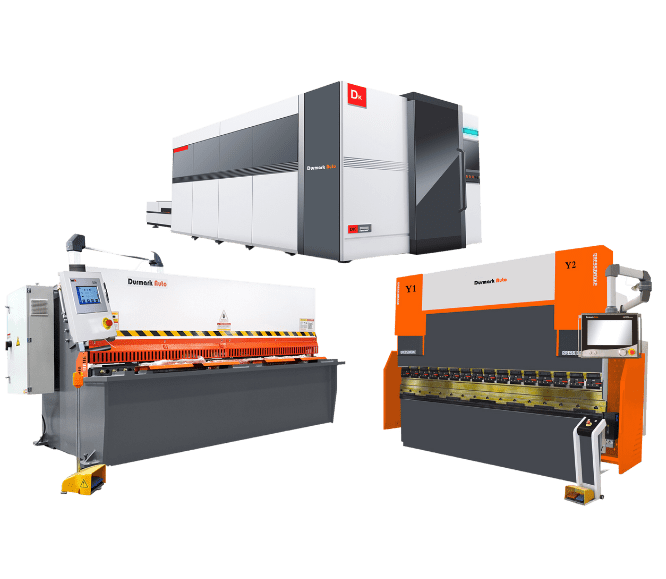
Request a Quote

Request a Quote

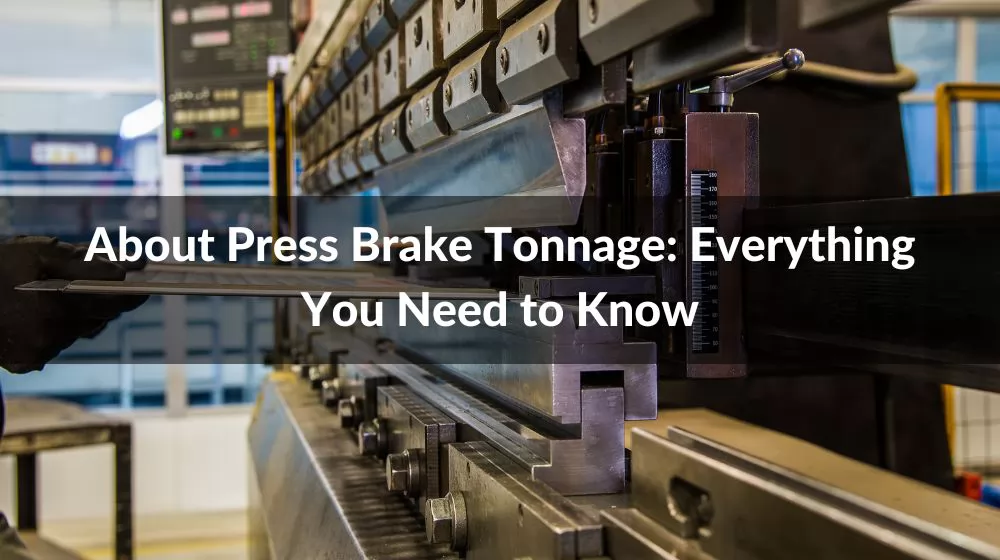
Table of contents:
In the world of metal fabrication and precision bending, press brakes stand as essential tools that shape and transform raw materials into intricate and functional components. At the heart of mastering this art lies the concept of "tonnage," a pivotal factor that determines the force required to bend metal sheets to desired angles. As a crucial element in achieving accurate and consistent results, understanding press brake tonnage is paramount for manufacturers, engineers, and operators alike.This article will comprehensively discuss the tonnage of the Press Brake.
A press brake is a commonly used piece of equipment in metal fabrication, employed to bend metal sheets into desired shapes. Tonnage, on the other hand, plays a crucial role in press brake operations, referring to the amount of force applied by the press brake.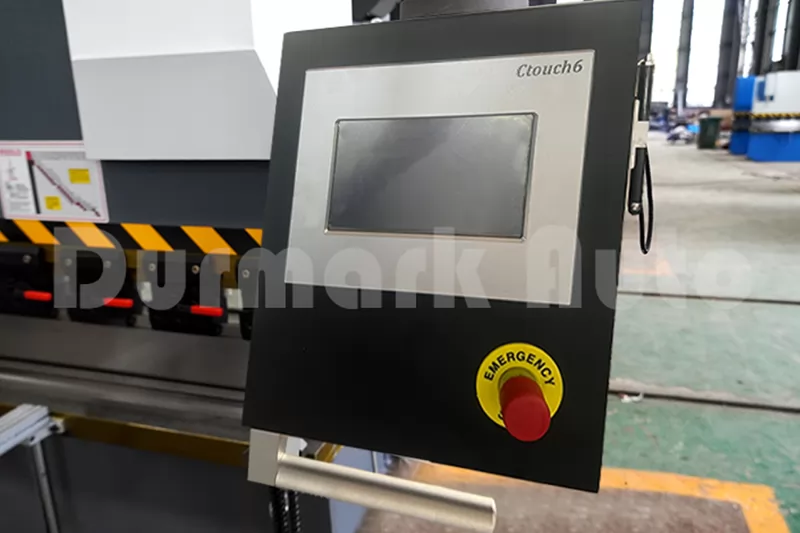 The tonnage of a press brake directly influences the material's bending capacity and the final forming result.
The tonnage of a press brake directly influences the material's bending capacity and the final forming result.
The relationship between press brake tonnage and factors such as material thickness, bending radius, and bending angle is closely intertwined. Generally, higher tonnage is suitable for thicker materials, smaller bending radii, or larger bending angles. The choice of tonnage should be determined based on the mechanical properties of the material used, the bending radius, and the angle, ensuring the desired bending outcome.
A common misconception is that higher tonnage is always better, but that is not the case in reality. Opting for excessive tonnage can lead to excessive material deformation, press brake overload, or even equipment damage. Conversely, selecting insufficient tonnage might result in an inability to bend the material to the desired angle or radius, impacting the quality of the finished product.
Therefore, when using a press brake, comprehending the relationship between tonnage and material characteristics, as well as bending requirements, is of utmost importance. Making the right tonnage choice, combined with appropriate operational skills, ensures precise and efficient bending of metal sheets, ultimately yielding finished products that meet the required specifications.
Bending Method
Different metal bending methods require varying amounts of force.
For instance, in air bending, the force needed can be adjusted by changing the mold's opening width.
The bending radius affects the mold's opening width. In such cases, a method factor must be incorporated into the formula.
When employing the bottom bending and embossing method, the required force is higher compared to air bending.
When calculating the force for bottom bending, the force per inch for air bending needs to be multiplied by at least five.
If using the embossing method, it might necessitate a greater force compared to bottom bending.
Die Width
We've discovered that in the process of air bending, the necessary tonnage decreases when the die opening size is increased, and conversely, it increases as the opening size is reduced.
This phenomenon arises from the fact that the width of the die opening directly influences the internal bending radius. A smaller radius necessitates greater tonnage to achieve the bending.
In the context of air bending, a common convention is to maintain a die ratio of 8:1. This ratio signifies that the distance between the die openings is eight times the material thickness.
At this juncture, the material thickness essentially becomes synonymous with the internal bending radius.
Friction and Velocity in Air Bending
During air bending, the punch must pass through the opening of the bottom die to bend the metal sheet.
When the metal sheet's surface lacks lubrication, the friction between the die and the sheet increases. This heightened friction demands a larger tonnage to bend the sheet and reduces material springback.
Conversely, if the sheet's surface is smooth and lubricated, the friction between the die and the sheet decreases, resulting in lower tonnage requirements for bending.
However, this can amplify the sheet's springback effect.
The necessary tonnage is also influenced by the bending speed. As the bending speed increases, the required tonnage decreases.
Raising the speed additionally serves to diminish the friction between the die and the sheet. Yet, this action also augments the sheet's springback.
In the realm of air bending, proper consideration of lubrication, friction, and velocity is crucial to achieve the desired bending outcomes while managing springback effects.
Bending Capacity: Tonnage determines the amount of pressure a press brake can apply to bend the material. Higher tonnage allows the press brake to handle thicker and harder materials, enabling smaller bending radii.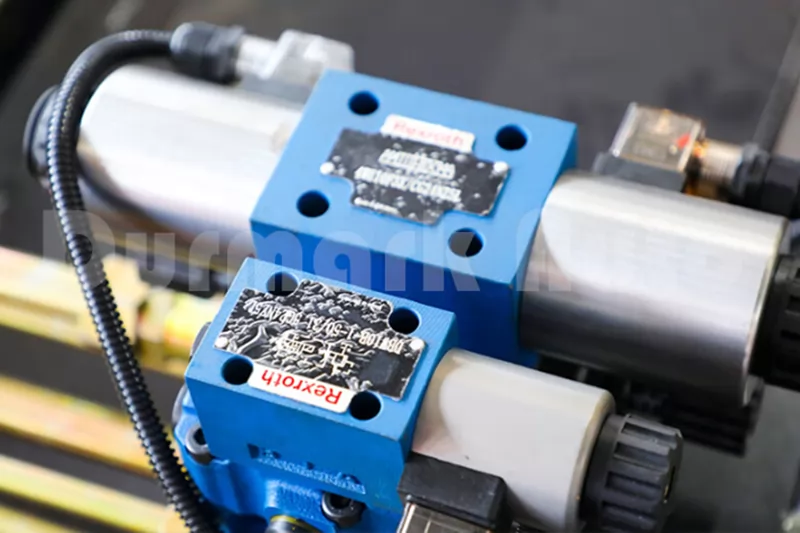
Material Deformation: Tonnage directly influences the extent of material deformation. Greater tonnage results in more significant bending deformations, suitable for deep bends or sharper angles.
Quality of Finished Products: Choosing the correct tonnage ensures that the geometric dimensions and shapes of finished products meet expectations. Insufficient tonnage might lead to incomplete bending, while excessive tonnage can cause over-deformation, affecting product quality.
Tool Life: Excessive tonnage can accelerate tool wear as they bear higher pressures. Proper tonnage selection contributes to prolonging the life of tools.
Machine Load: Inappropriate tonnage selection can lead to overloading the press brake, increasing the risk of equipment damage. Proper tonnage selection helps ensure normal equipment operation and longevity.
Production Efficiency: Optimal tonnage selection can enhance production efficiency. Excessive tonnage might prolong operating times, while inadequate tonnage may require multiple operations to achieve the desired forming result.
Hardness: Harder materials require higher tonnage to achieve the same level of bending. Softer materials generally demand lower tonnage as they are more pliable.
Ductility: Materials with higher ductility are more easily subjected to plastic deformation, often requiring lower tonnage. Less ductile materials need higher tonnage to achieve similar deformation.
Thickness: Thicker materials typically need higher tonnage due to their increased resistance to deformation. Thinner materials may require less tonnage to achieve the desired bending effect.
Strength: High-strength materials tend to be harder, often necessitating greater tonnage to overcome their resistance to deformation.
Degree of Deformation: The extent of material deformation directly affects the required tonnage. Materials requiring greater deformation generally demand higher tonnage to achieve the desired shape.
Selecting the correct tonnage is a critical aspect of press brake operations to achieve desired bending results without compromising material integrity or machine performance. Here are effective methods for choosing the appropriate tonnage: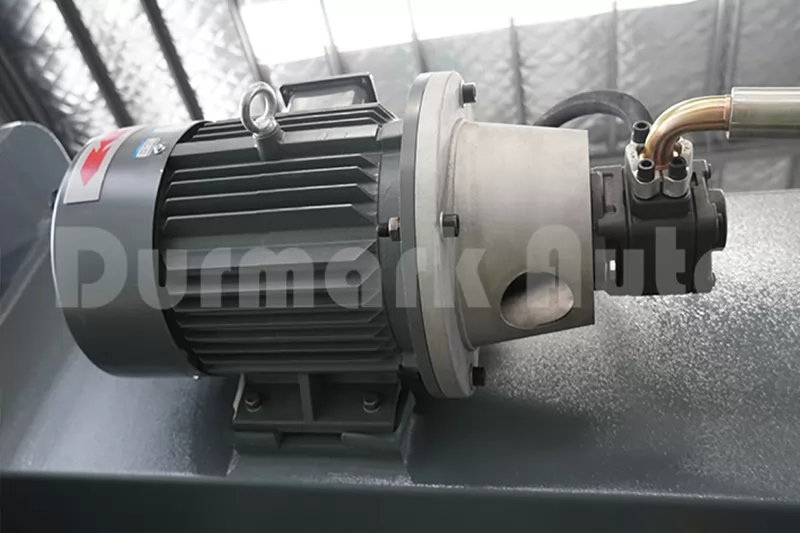
Material Data and Charts: Consult material specifications and bending charts provided by material suppliers or industry references. These resources often include recommended tonnage ranges for various materials, thicknesses, and bending angles.
Sample Testing: Perform test bends on sample materials using different tonnage settings. Evaluate the results for desired angles and deformation levels. This empirical approach helps determine the optimal tonnage for a specific material.
Simulation Software: Utilize press brake simulation software to virtually model bending processes. Such software can predict required tonnage based on input parameters like material type, thickness, bending angle, and tooling.
Tonnage Calculators: Use tonnage calculators or online tools that consider material properties, bend length, thickness, and tooling specifications to estimate the required tonnage.
Expert Advice: Consult experienced press brake operators, engineers, or manufacturers for guidance. They can provide insights based on their practical knowledge and familiarity with different materials.
Method Factor Adjustments: Depending on the bending method (e.g., air bending, bottom bending, coining), apply appropriate method factors to adjust the calculated tonnage for accuracy.
Safety Margin: Add a safety margin to the calculated tonnage to account for variations in material properties, tool wear, and unexpected factors, ensuring a reliable margin of error.
Reference Charts and Guidelines: Refer to industry-specific charts, guidelines, or standards that recommend tonnage based on common bending practices and material characteristics.
Experience-based Estimation: Experienced operators often develop an intuitive sense of tonnage requirements based on their familiarity with different materials and bending scenarios.
Continuous Monitoring: During production, monitor the bending process and observe the material's response to tonnage. Adjustments may be needed based on real-time feedback.
Pressure and Length: The pressure required for bending materials is directly related to the length of the bend. Longer bends necessitate greater pressure to ensure uniform deformation across the entire bending process. Higher pressure allows for exerting greater deformation force over longer lengths to achieve the desired bend.
Pressure and Angle: The angle of the bend also affects the required pressure. Larger bend angles demand higher pressure to overcome the material's resistance and achieve the desired shape alteration. Smaller angles may require less pressure.
Length and Angle: The length and angle of a bend are also interrelated. Larger bend angles often require longer bending lengths, as for the same angle, a longer length implies more significant bending deformation.
Underestimating Material Characteristics: Failing to consider material hardness, thickness, and ductility can result in choosing insufficient tonnage. Always assess material properties thoroughly to determine the appropriate force required.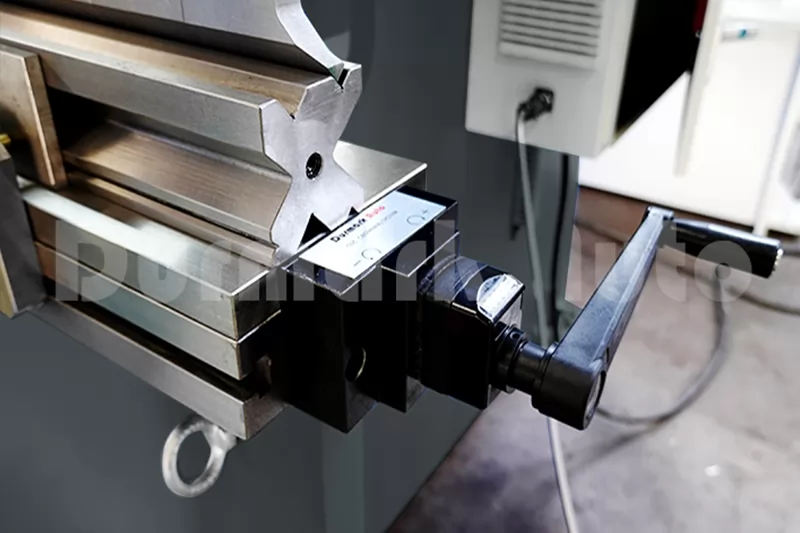
Ignoring Bend Length and Angle: Neglecting the impact of longer bend lengths and sharper angles on tonnage can lead to inaccurate selections. Factor in these parameters to ensure accurate bending.
Using Incorrect Method Factors: Different bending methods require specific adjustments to tonnage calculations. Applying improper method factors can lead to inaccurate results. Use method-specific factors to ensure accuracy.
Neglecting Tooling Effects: Tooling type and condition influence tonnage requirements. Worn or improper tooling can demand higher tonnage or lead to uneven bending. Keep tooling in good condition.
Not Factoring in Safety Margins: Failing to add safety margins to calculated tonnage can lead to unexpected variations in material behavior or machine performance. Incorporate margins to ensure a reliable safety buffer.
Relying Solely on Experience: While experience is valuable, solely relying on it without considering material advances and evolving techniques can result in outdated tonnage selections. Combine experience with updated knowledge.
Disregarding Simulation Software: Modern press brake simulation tools can accurately predict tonnage requirements based on various inputs. Not utilizing these resources can lead to unnecessary trial and error.
Inadequate Communication: Poor communication between operators, engineers, and designers can lead to misinterpretation of design specifications and improper tonnage selection. Maintain clear communication throughout the process.
Failing to Adjust for Variations: Variations in material properties, tool wear, and machine conditions can impact tonnage requirements. Regularly monitor and adjust tonnage as needed during production.
Overlooking Safety and Training: Inadequate training can lead to improper tonnage choices and potential accidents. Ensure operators are well-trained in tonnage selection principles and safety protocols.
Press brake tonnage stands as a fundamental pillar in the realm of metal bending and fabrication. Its impact reverberates through every stage of the bending process, from material selection to tooling considerations and operational precision. By grasping the intricate relationship between tonnage, material characteristics, and bending methods, professionals can navigate the complexities of press brake operations with confidence.If you need a press brake, please feel free to contact Durmark!
.png)


